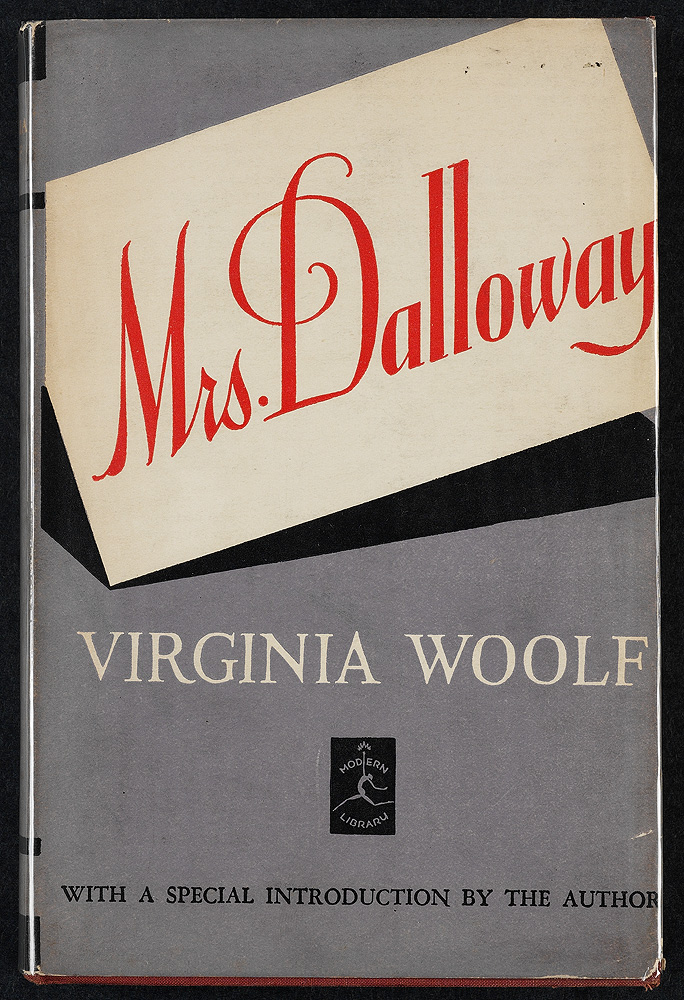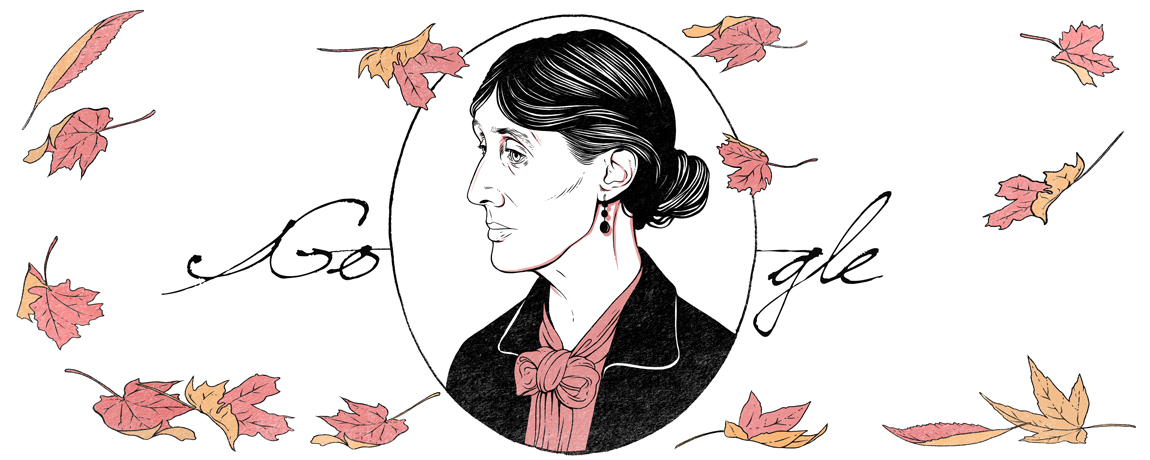The Blue Moon – second of two full moons in one calendar month – will pass through the Earth’s shadow on January 31, 2018, to give us a total lunar eclipse.
The last time that we had a Blue Moon total lunar eclipse, reckoning in world time (UTC, or GMT), was December 30, 1982.
No, this time I will not sing Blue Moon! But the song is on my mind while I'm writing about the moon-blue.
credits: Astronomy Ohio
Totality, when the moon will be entirely inside the Earth’s dark umbral shadow, will last a bit more than one-and-a-quarter hours.
The January 31 2018 much of the world will have the opportunity to observe a Blue Moon: A somewhat rare occurrence that doesn't have anything to do with the moon's color.
Full moon is also the third in a series of three straight full moon supermoons – that is, super-close full moons.
credits: EarthSky
It’s the first of two Blue Moons in 2018. So it’s not just a total lunar eclipse, or a Blue Moon, or a supermoon. It’s all three … a super Blue Moon total eclipse!
It’s not just a total lunar eclipse, or a Blue Moon, or a super moon. It’s all three! A super Blue Moon total eclipse!
A lunar trio will be visible in the sky tomorrow before dawn:
 Supermoon – When the Moon is at/near its closest point to Earth
Supermoon – When the Moon is at/near its closest point to Earth
 Blue Moon – The 2nd full moon in a month
Blue Moon – The 2nd full moon in a month
 Blood Moon – The red tint Earth’s shadow casts on the Moon during a lunar eclipse
Blood Moon – The red tint Earth’s shadow casts on the Moon during a lunar eclipse
NASA
A lunar trio will be visible in the sky tomorrow before dawn:
 Supermoon – When the Moon is at/near its closest point to Earth
Supermoon – When the Moon is at/near its closest point to Earth
 Blue Moon – The 2nd full moon in a month
Blue Moon – The 2nd full moon in a month
 Blood Moon – The red tint Earth’s shadow casts on the Moon during a lunar eclipse
Blood Moon – The red tint Earth’s shadow casts on the Moon during a lunar eclipseNASA
Is it the first Blue Moon total eclipse in 150 years, as some social media memes are now claiming? Yes, it is, if you’re not considering the whole world, but only the Americas.
credits: Eclipse computer
It’s a Blue Moon by the monthly definition of the term: the second of two full moons to fall within a single calendar month. The first Blue Moon comes on January 31, 2018, and the second on March 31, 2018.
The full moon happens at the same instant worldwide, the hour differs by time zone.
Who can watch?
credits: NASA
Who can watch?
Visible in the USA and India, this blue moon total eclipse will be entirely observed in French Polynesia, Nouvelle-Calédonie and La Réunion,
In Europe, Africa and a large part in South America in the morning.
credits: NASA
Why Blue Moon?
For the longest time nobody knew exactly why the second full Moon of a calendar month was designated as a Blue Moon.
One explanation connects it with the word belewe from the Old English, meaning, “to betray.” Perhaps, then, the Moon was “belewe” because it betrayed the usual perception of one full Moon per month.
However, in March 1999 issue of Sky & Telescope magazine, Phillip Hiscock revealed one somewhat confusing origin of this term.
It seems that the modern custom of naming the second full Moon of a month “blue,” came from an article published in March 1946 Sky & Telescope magazine.
The article was “Once in a Blue Moon,” written by James Hugh Pruett. In this article, Pruett interpreted what he read in a publication known as the Maine Farmers’ Almanac, and declared that a second full Moon in a calendar month is a “Blue Moon.”
in Farmer's Almanac
The Harvest Moon
artist: George Hemming Mason, 1872
Education:
So, the Jan. 31 full moon is special for three reasons: it’s the third in a series of “supermoons,” when the Moon is closer to Earth in its orbit - known as perigee -- and about 14 % brighter than usual.
It’s also the second full moon of the month, commonly known as a “blue moon.” If you live in North America, Alaska, or Hawaii, a lunar eclipse will be visible before sunrise on Jan. 31.
For those in the Middle East, Asia, eastern Russia, Australia and New Zealand, the “super blue blood moon” can be seen during moon rise in the morning on the 31st.
If your local weather is calling for clouds this morning, you can still see the super blue blood moon.
NASA TV's live feed will probably be your best chance to see it live if there's bad viewing weather in your location.
The Griffith Observatory in Los Angeles is also doing a live feed at the lunar eclipse.
Oh, my ! It should offer some pretty photo opportunities for sky watchers. Ask students to take some photos if they are lucky or do small videos (some seconds) with their smartphones and tablets to explore in Science classroom next tomorrow or during the week.
Remember! No matter what has come in or out of our lives in the past few years, once in a while we are given the chance to have everything we’ve always wanted. We just have to make the choice now to not let it go. Because certain chances only come around once in a blue moon.
Hope you will enjoy the beauty of this awesome scientific event. And of course with an open mind to the magic of the moment not only in the sky, also into our life.
I could not resist. Here I am singing Blue Moon by Chris Isaak!
Blue moon!
Blue moon you saw me standing alone
Without a dream in my heart
Without a love of my own
Blue moon, you knew just what I was there for
You heard me saying a prayer for
Someone I really could care for
And then there suddenly appeared before me
The only one my arms will ever hold.
Lyrics Hart, Lorenz / Rodgers, Richard

Without a dream in my heart
Without a love of my own
Blue moon, you knew just what I was there for
You heard me saying a prayer for
Someone I really could care for
And then there suddenly appeared before me
The only one my arms will ever hold.
Lyrics Hart, Lorenz / Rodgers, Richard
G-Souto
30.01.2018
Sources:
NASA/ EarthSky/ Farmer's Almanac

Science : Super Blue Moon eclipse ? Wow ! Let's talk ! by G-Souto is licensed under a Creative Commons Attribution-NonCommercial-NoDerivatives 4.0 International License.

















